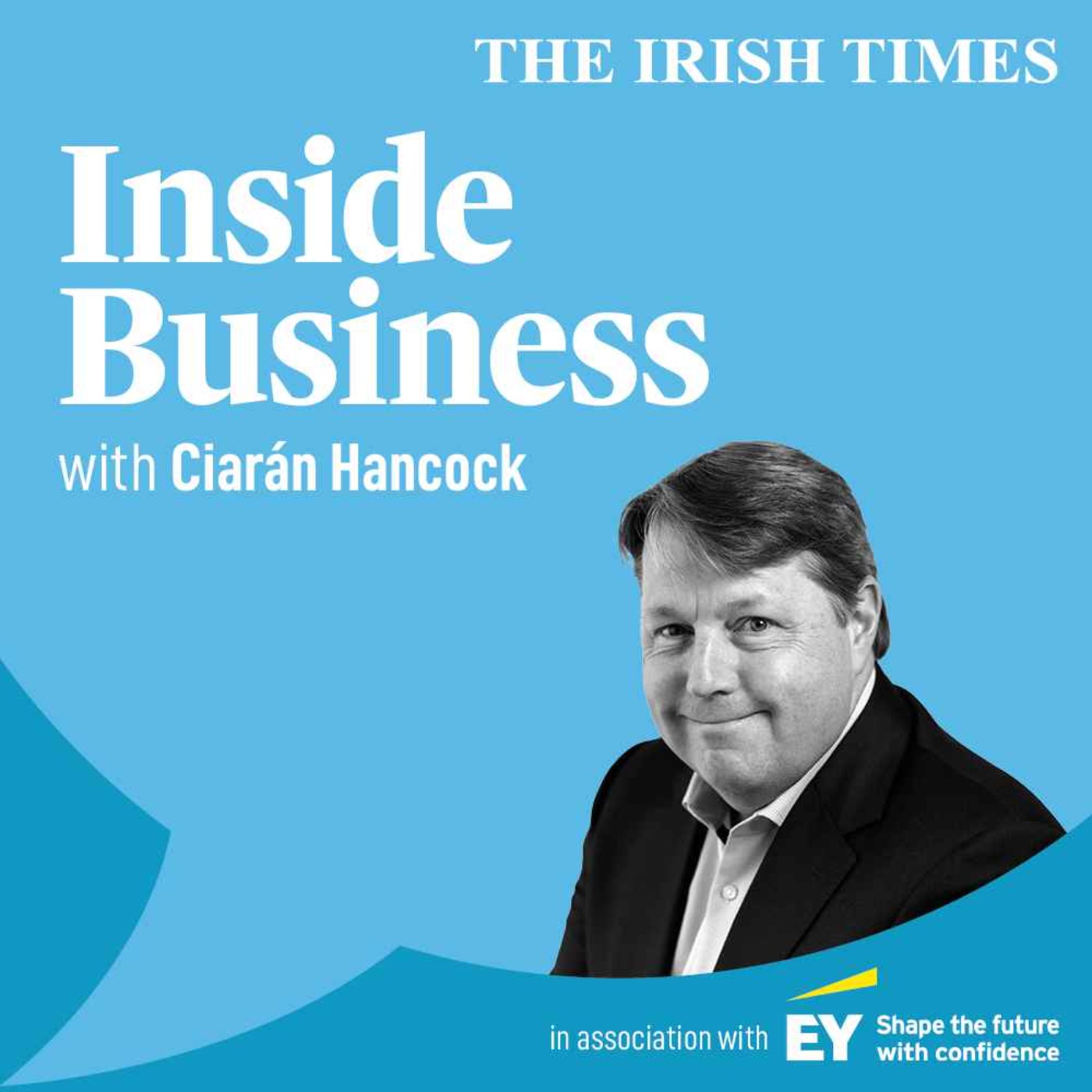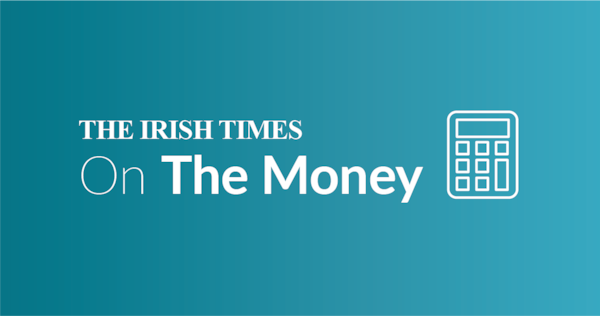The financial markets were meant to keep US president Donald Trump in check? Weren’t they? A wobble in the markets after his April tariff announcement forced the US president to pull back on his initial tariff plans.
But Trump has since gone ahead with something close to his original tariffs, is interfering right left and centre in business and actively undermining the US central bank.
And still the markets head higher. For now, investors are going all in on the hope value of artificial intelligence – and ignoring the risk factor in the White House. No one knows how long this run will last, but the vulnerabilities are clear.
After its post-Liberation Day wobble, the Nasdaq index of US shares has gained an extraordinary 40 per cent or so in value. The S&P 500, a wider index, is up 30 per cent.
READ MORE
The average Irish managed pension fund, having been racking up losses earlier this year, is now in the black for the year to date and up about 7.5 per cent on a year ago. The collapse in the value of the dollar against the euro has limited gains for investors on this side of the Atlantic to the big US share rise.
Why have the markets ignored the risks? For a few reasons. So far, the economic data for the US has held up okay, even though there are now signs of tariffs starting to feed into price levels. The feared US recession has not appeared. And the big tech shares are booming.
The hype and hope of the AI factor is central. In a note to clients this week, investment back UBS said the strong growth in the big tech stock so far this year did raise the risk of a period of “indigestion”. But fundamentally its analysts argue that stocks are underpinned by earnings growth and by what they see is the huge longer-term potential of AI to transform the economy.
[ Markets benign reaction to Trump’s latest tariffs is puzzlingOpens in new window ]
As UBS wrote: “Never before in the field of index investing has so much been invested by so many in so few.” The 10 biggest US stocks now account for 40 per cent of the S&P 500. Over the past year, these firms have generated 55 per cent of the index’s net earnings growth.
There is a lot of longer-term hope value built into these stock prices, particularly those of the highest-flyers. Nvidia is this week’s example of where AI hopes and Trump’s politics collide.
The company, valued at $4 trillion (€3.4 trillion) by the market, reported a 56 per cent rise in quarterly revenues to $46.7 billion and while it expects further growth in the current three months, it hasn’t built in sales to China of its H20 chip.
The Trump administration had blocked sales of this chip to China on security grounds and subsequently did a deal with Nvidia and AMD in which the US government would be paid 15 per cent of the revenue for these sales.

Why is the delivery of vital infrastructure so slow in Ireland?
However, Nvidia said it is waiting for details of how this would work and warned it could not rule out litigation emerging. Also, Beijing may try to discourage purchase of the chips as its talks with Washington on trade are still not resolved.
This gives investors some cause for caution. More fundamentally they are effectively betting on the long-term impact of AI and a belief that it will save companies a lot of payroll costs and replace a large chunk of the workforce.
While no one doubts the massive potential of AI, how exactly this will play out remains unclear. A recent report from the Massachusetts Institute of Technology (MIT) found that 95 per cent of organisations have yet to see any measurable financial return from their investments.
[ Trump’s tariffs evolve from confused to chaoticOpens in new window ]
Many are doing pilots and trying to figure out how it would help their businesses, but have yet to find the key. A brief market wobble ensued after the report was published. Investors are trying to work out if the market is – as Sam Altman of OpenAI said recently, “over-excited”.
A key point to understand is that the heady valuations of companies such as Nvidia are based on longer-term transformational hopes, and not revenues that will be flowing through in the next year or two. And so its shares will be worth watching in the days ahead.
If you wanted to summarise the market mood it is that investors are betting on the hope of AI and – for fear of missing out – are choosing to ignore the Trump risk factor. And here the sanguine approach of investors is puzzling.
[ Donald Trump’s threats: ‘Taco’ trade gives way to paradoxOpens in new window ]
Trump’s tariff policies pose obvious risks to growth and inflation. US economic data have not shown a big impact so far, but it is early days and inflation figures are starting to reflect some tariff impact. JP Morgan has put the chance of a recession later this year at a hefty enough 40 per cent.
Meanwhile, Trump continues to put a wrecking ball through many vital institutions, firing the federal official responsible for job statistics because he did not like the July jobs number.
Now he is seeking to undermine the independence of the Federal Reserve Board, the US central bank, because it has refused to sign up his interest-rate-cutting agenda.
Its chair, Jay Powell, has been the subject of multiple attacks from the White House and this week Trump has sought to dismiss another Fed governor, Lisa Cook, who he accuses of impropriety in applying for a mortgage. She is going to fight him in the courts.
[ Trump moves to fire Fed governor Lisa CookOpens in new window ]
The point of seeking Cook’s dismissal is to get another Trump appointee on the policymaking committee of the Fed favourable to his interest-rate-cutting agenda. Trump needs lower borrowing costs to help spur the economy and ease the repayment burden on America’s massive national debt.
Ironically, a perception that Fed independence was being undermined could raise fears about the control of inflation. And in turn this would push up longer-term market interest rates, including the cost of long-term US government debt.
Janet Yellen, a former Fed chair and US treasury secretary, said in an article this week in the Financial Times that Trump’s move was an “autocratic power grab” designed to intimidate the Fed. Undermining its credibility, she warned, risked higher inflation, volatile growth and risked the US dollar’s reserve currency status, at massive long-term cost to America.
The US dollar may well suffer further as this Fed story unfolds, though the expectation that the central bank will cut interest rates shortly is giving support to the stock market. For now, US investors are taking most things as a reason to keep buying or, at worse, “buy on the dips”.
Meanwhile, Trump is taking an increasingly directional approach to US business, taking a 10 per cent stake in Intel and demanding companies invest at home. He continues to pick fights, meanwhile, on tariffs and trade, most recently threatening the European Union over its technology regulation.
Trying to forecast where this will go is impossible. Volatility seems certain. But will the general upward trend hold? All we can conclude is that investors have gone all in on the US economy holding up and on AI delivering. And they are so far choosing to set aside the risks of Trump’s ever more reckless moves to grab control across the US economy, business and society.











